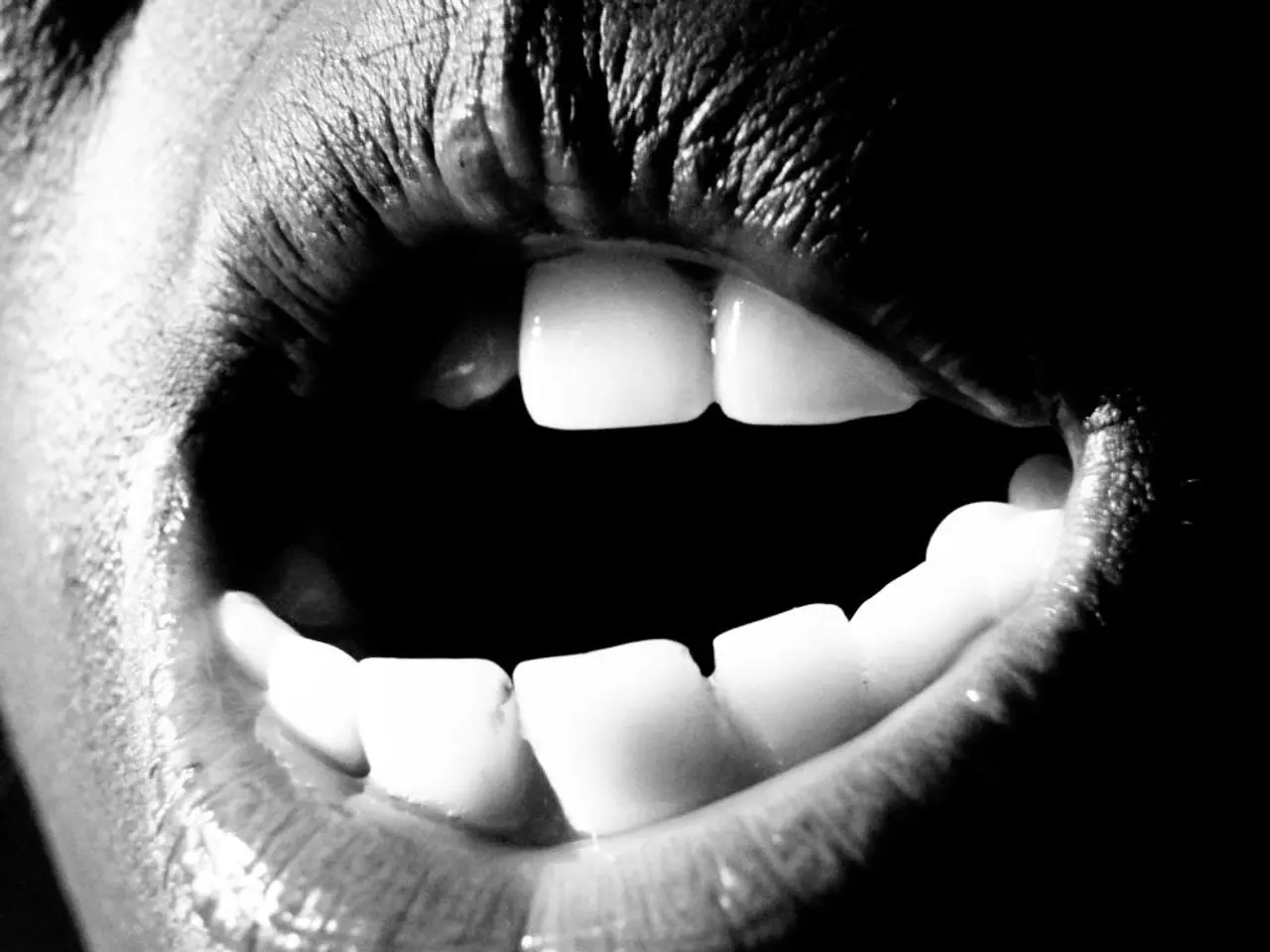Infants often exhibit unusual behaviors during teething, one of which is ear pulling. Let's delve into the reasons behind this peculiar action.
Teething, a rite of passage for many infants, can often cause discomfort and pain for the little ones. But did you know that teething pain can also affect a baby's ears? In this article, we delve into the shared nerve pathways between the gums and ears, and how this connection contributes to teething pain.
An ear infection can significantly impact a baby's hearing if left untreated, but it's important to note that teething does not affect a baby's hearing. However, the overlap in sensory nerve pathways between oral structures like the gums and adjacent areas like the ears can cause infants to experience and express teething pain in ways that involve both sites.
During teething, the gums become tender, swollen, and painful due to pressure from the erupting teeth. The nerve fibers that innervate the gums are closely linked with branches that also serve the ear area. When the gums hurt, the brain may interpret the pain signal as coming from the nearby ear region, causing the infant to exhibit behaviors such as ear pulling.
The temporomandibular joint (TMJ), located near the ear canal, can create a sensation of pressure or aching in the ear due to teething pain. The auriculotemporal nerve (branch of V3) provides sensory innervation to the external ear and the TMJ, potentially causing teething pain to radiate to the ear.
The trigeminal nerve (cranial nerve V) plays a crucial role in the sensation of teething pain in infants. Its three branches (ophthalmic, maxillary, and mandibular) contribute to sensation in different parts of the face, gums, and teeth. The maxillary (V2) branch innervates the upper jaw, gums, teeth, and nasal cavity, while the mandibular (V3) branch innervates the lower jaw, gums, teeth, and ear.
Symptoms of teething can include the gums appearing sore and red, mild fever, one cheek appearing flushed, a rash on the face, babies rubbing their ears, excessive drooling, increased chewing and gnawing on objects, greater fussiness than usual, sleep disturbances, and even tugging at the ears.
It's essential to distinguish between teething symptoms and signs of an ear infection. Key signs of an ear infection include persistent and worsening ear pain, ear pulling or rubbing, hearing difficulties, fever above 38°C, fluid or pus-like drainage from the ear, cold symptoms, loss of balance or coordination, difficulty sleeping, and fluid or pus-like drainage from the ear. If symptoms worsen or if infection is suspected, always consult a doctor.
To relieve teething-related discomfort, safe methods include cold teething toys, gum massages, and chilled fruits. Medications like paracetamol or ibuprofen should only be used under pediatric guidance. Excessive drooling during teething can create an environment where bacteria may thrive in the ear canal, so it's important to keep the area clean and dry.
Teething in babies typically starts around 6 months, but it can vary, with some babies starting as early as 4 months or as late as 12 months. Remember, every baby is unique, and their teething journey may differ.
In conclusion, understanding the shared nerve pathways between the gums and ears can help parents and caregivers better understand and manage teething pain in infants. Always consult a healthcare professional for any concerns regarding your baby's health.
The overlap in sensory nerve pathways between the gums and ears can cause infants to exhibit behaviors such as ear pulling during teething.
The trigeminal nerve's mandibular branch, innervating the lower jaw, gums, teeth, and ear, contributes to teething pain that can radiate to the ear, potentially causing a sensation of pressure or aching in the ear.




